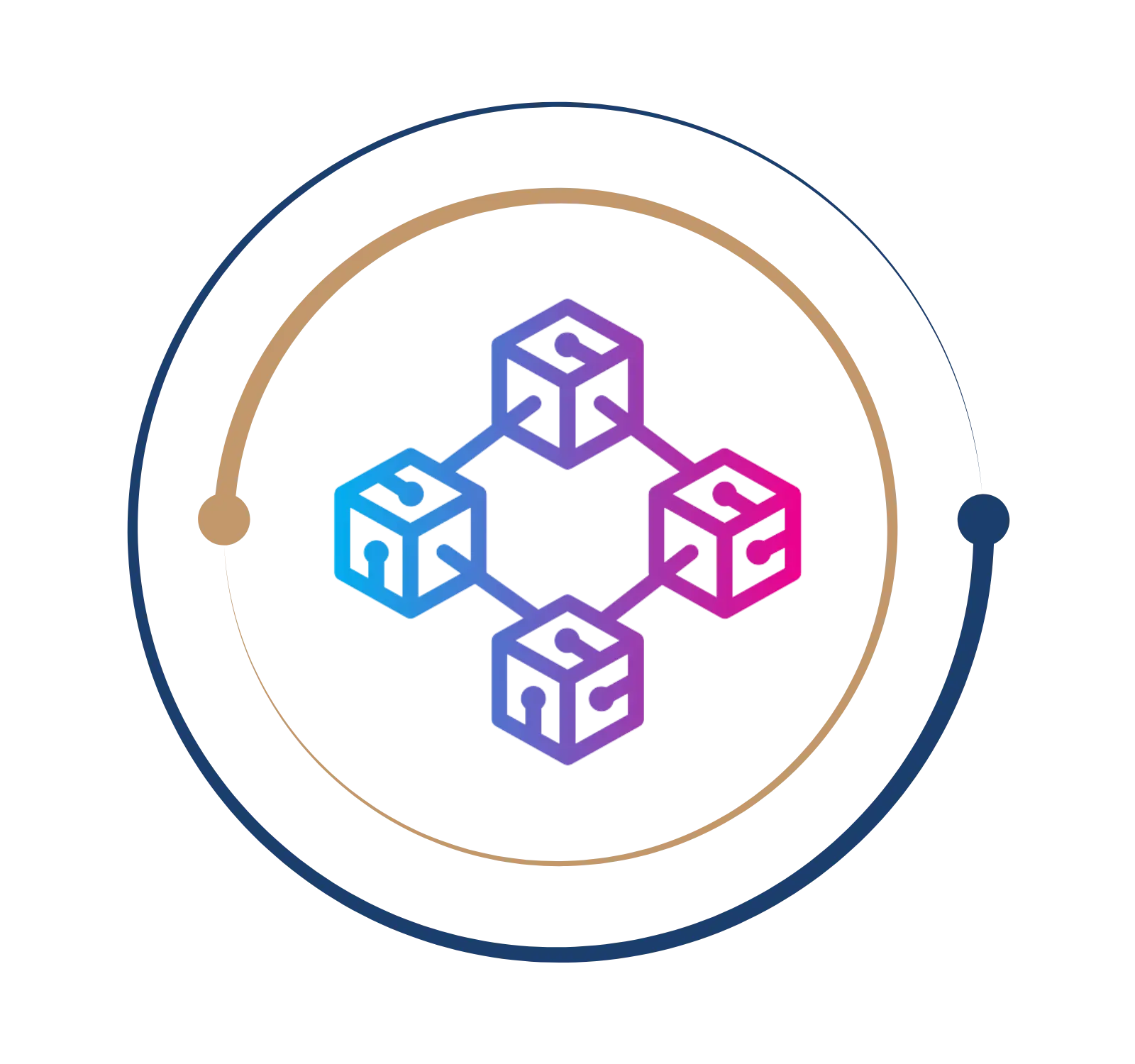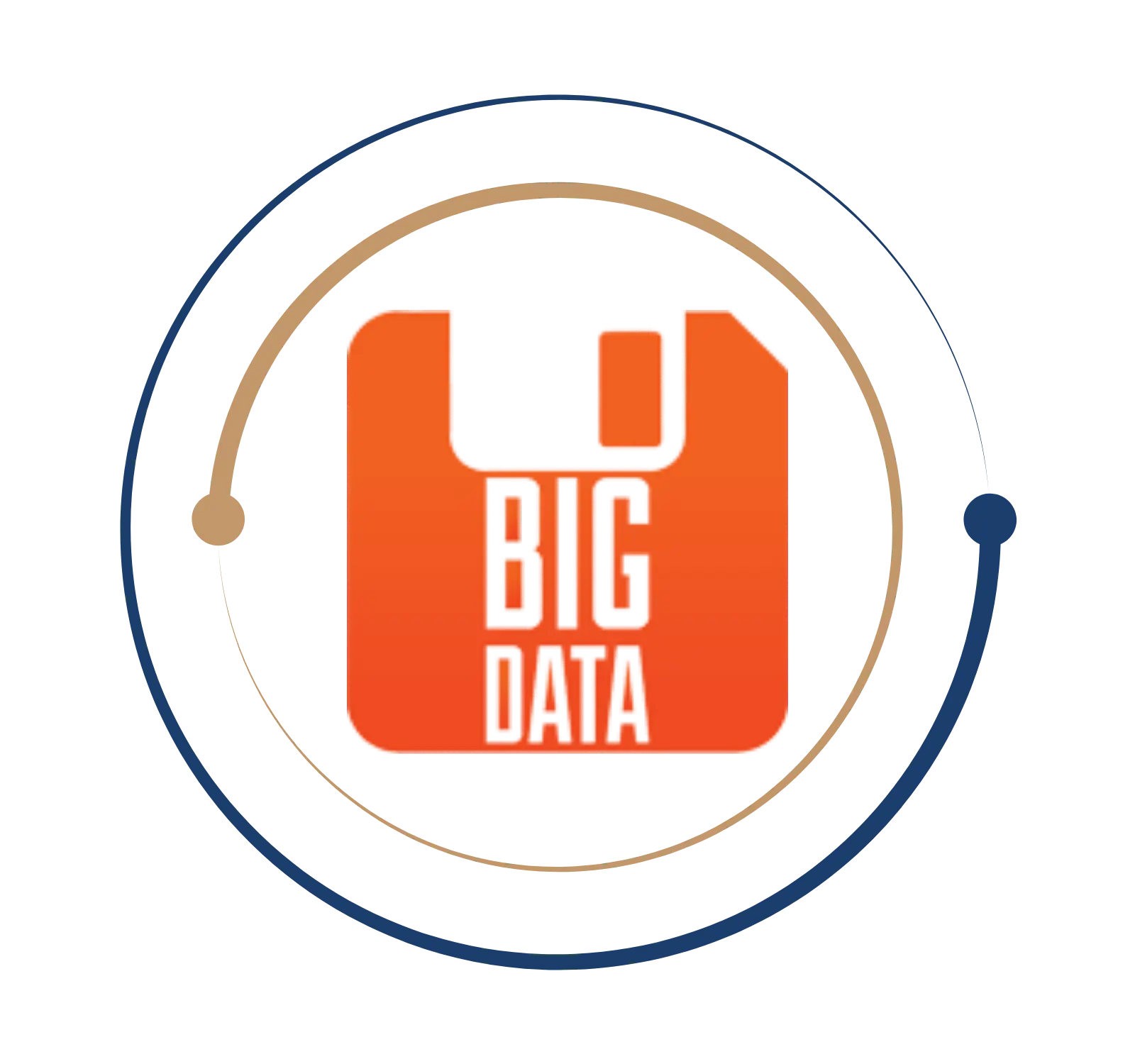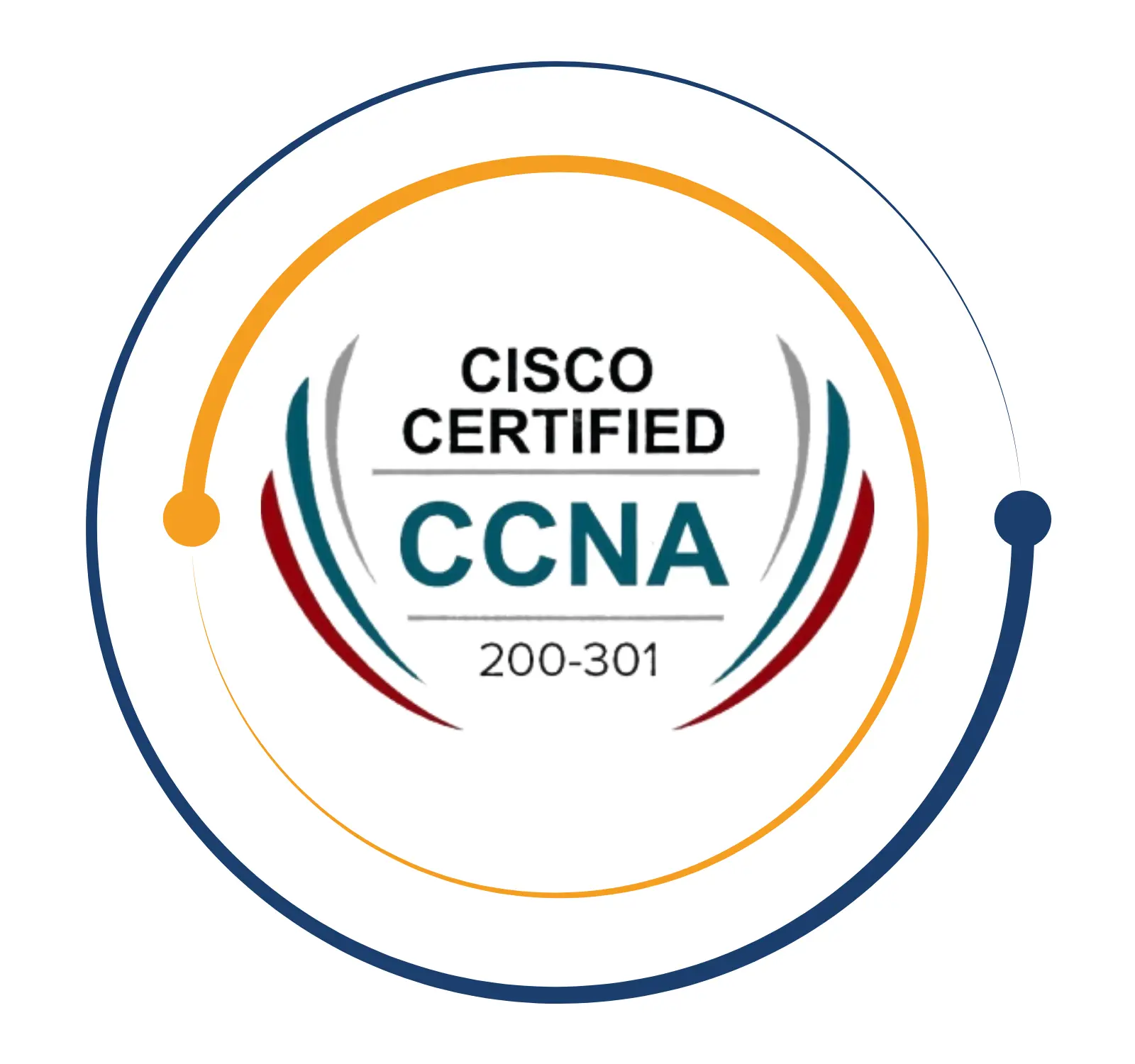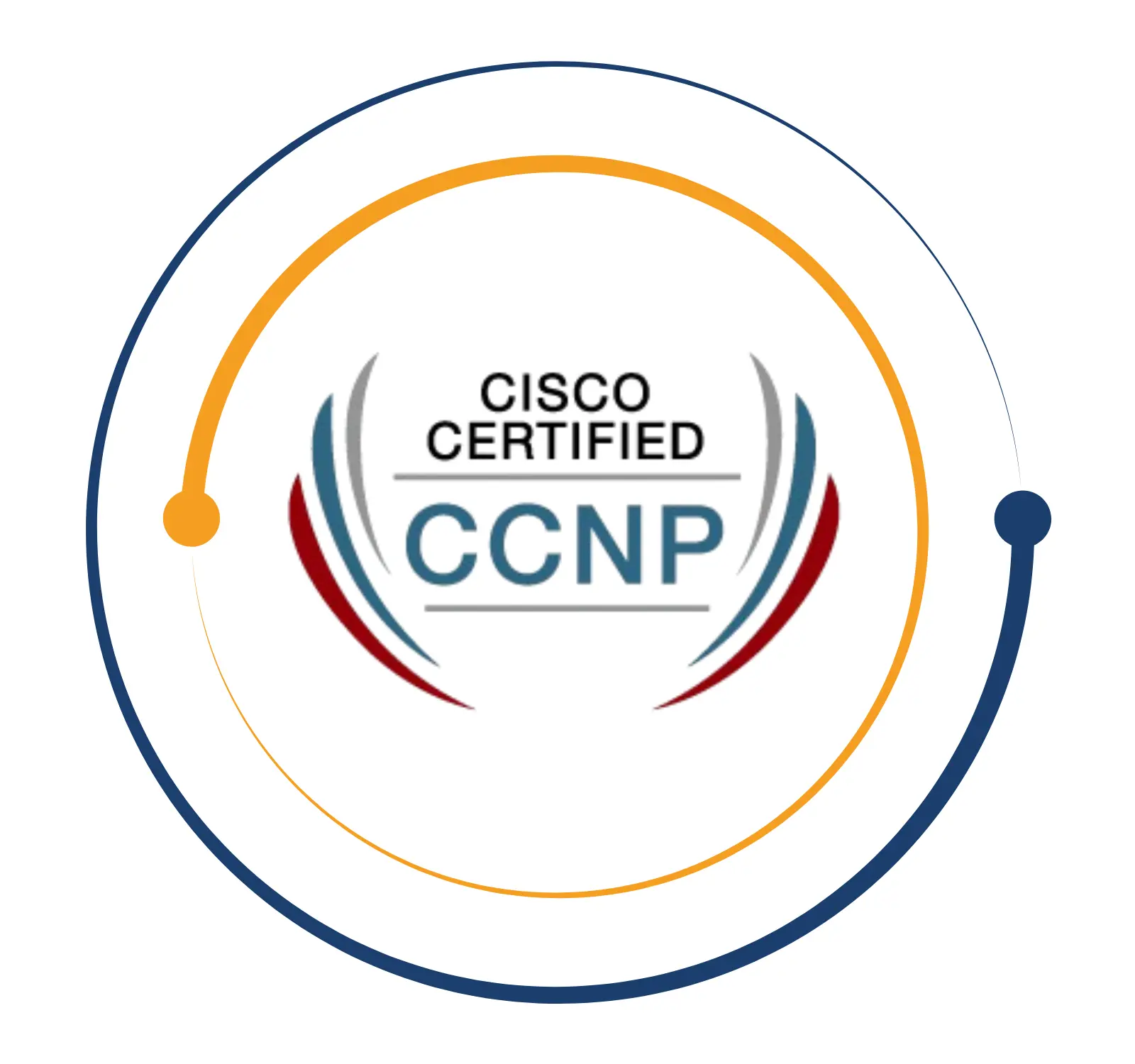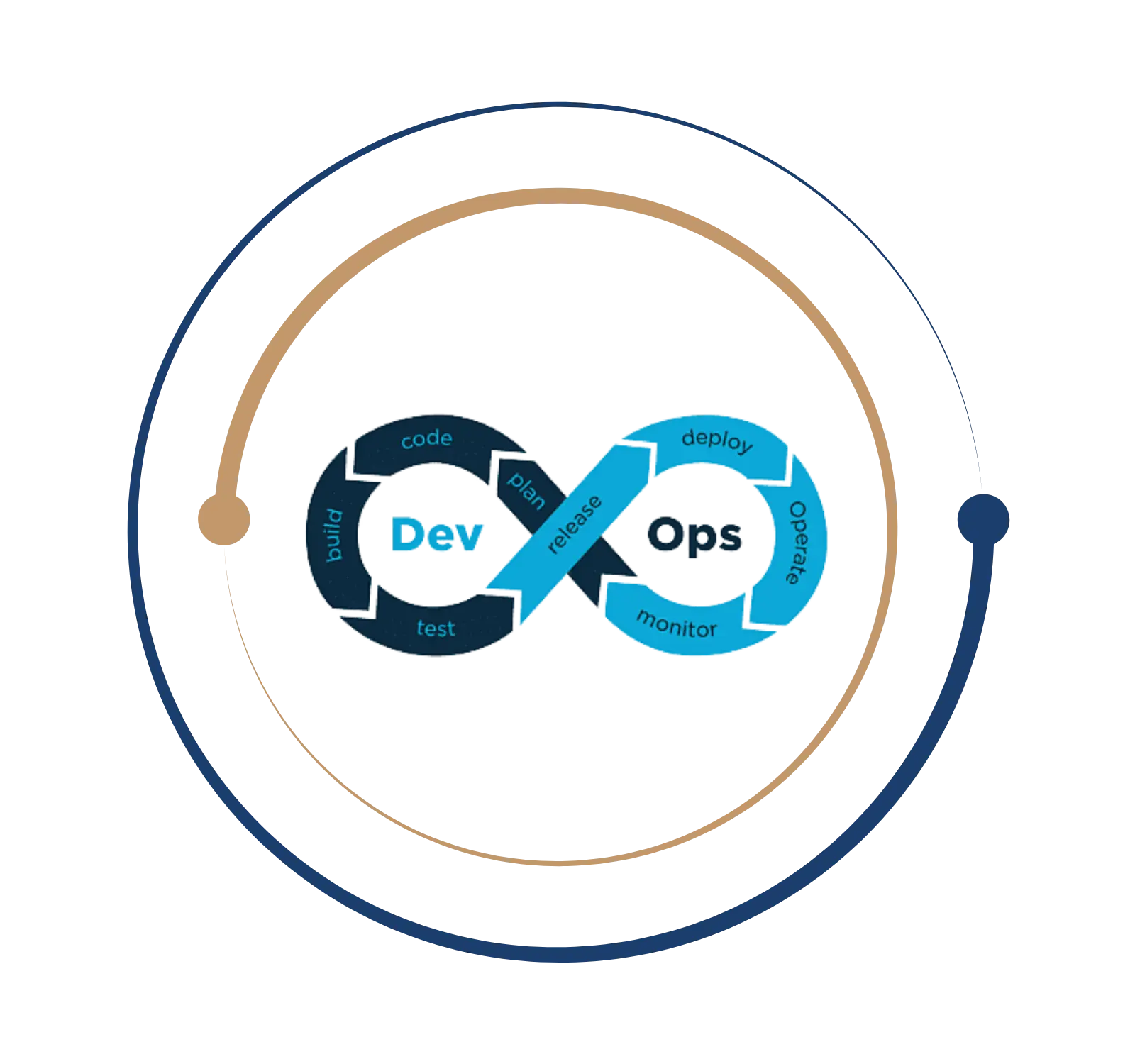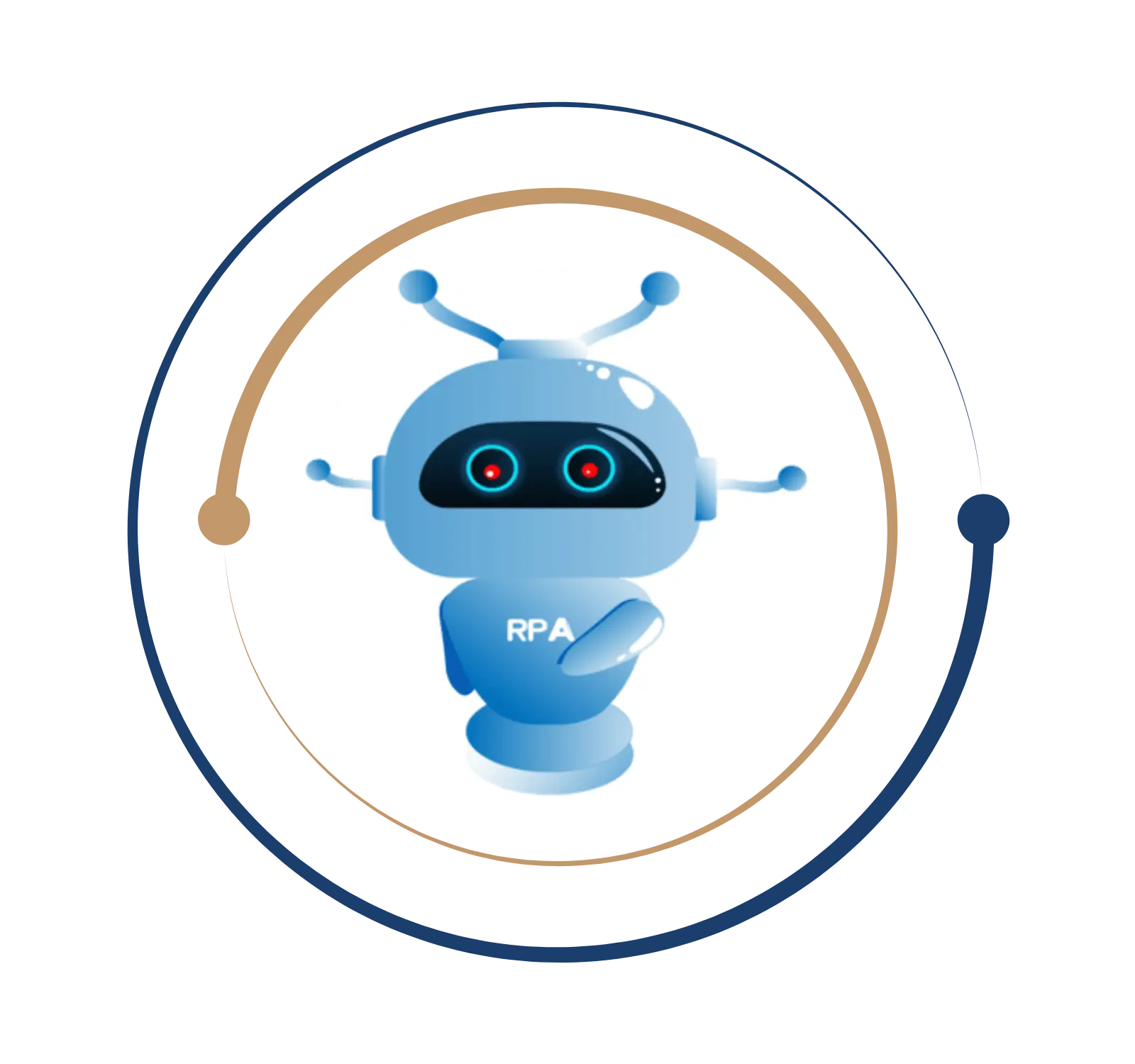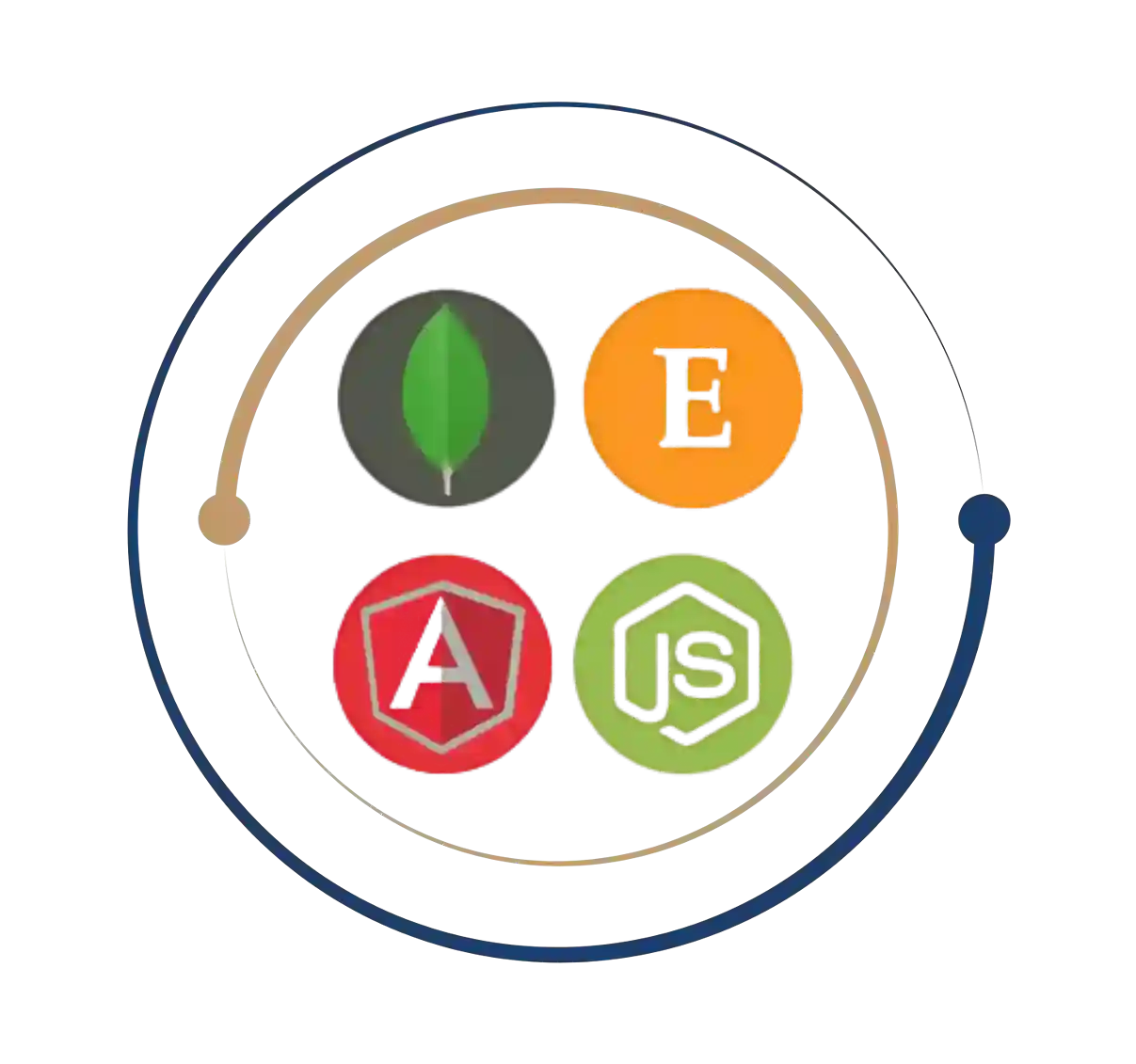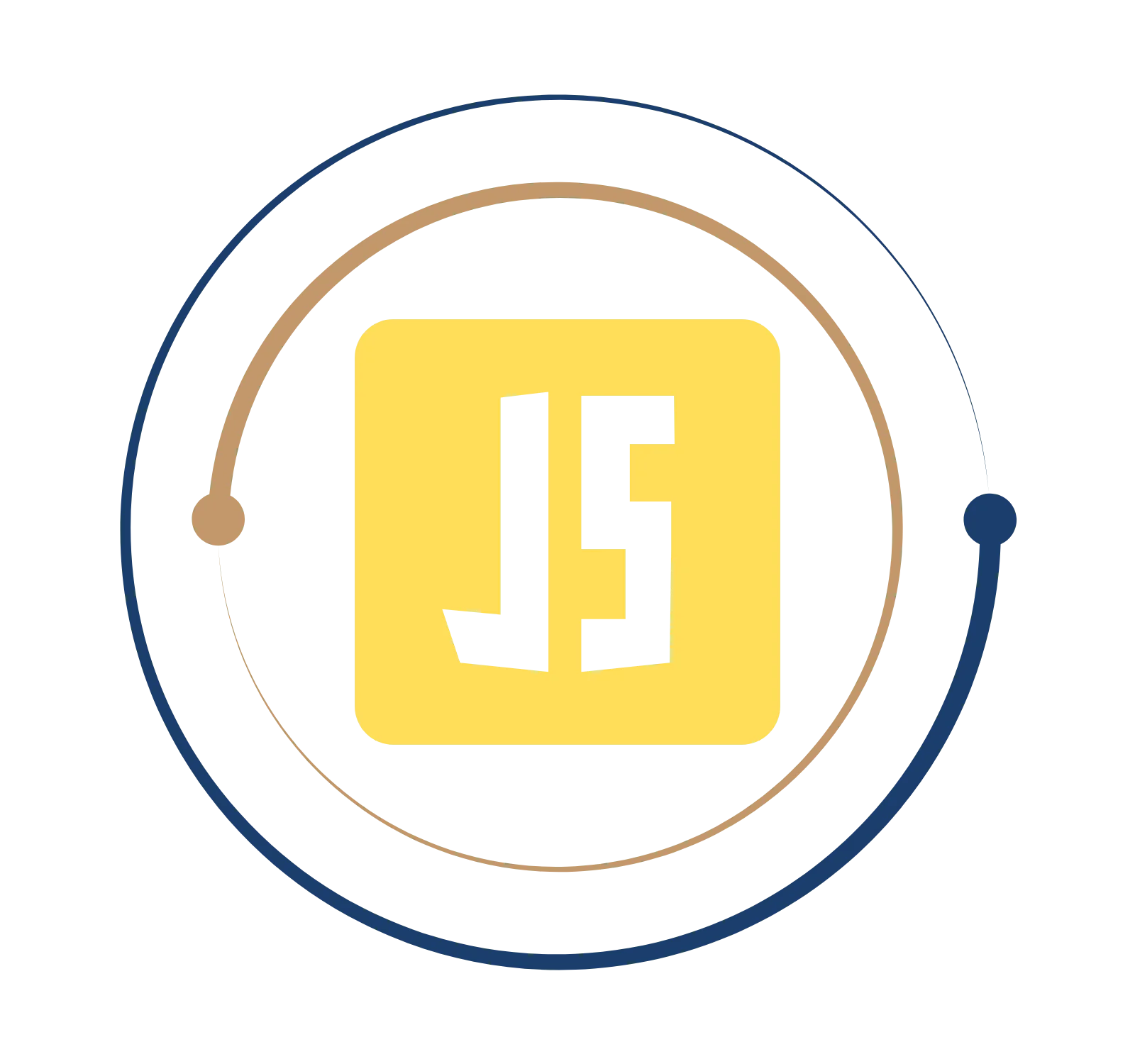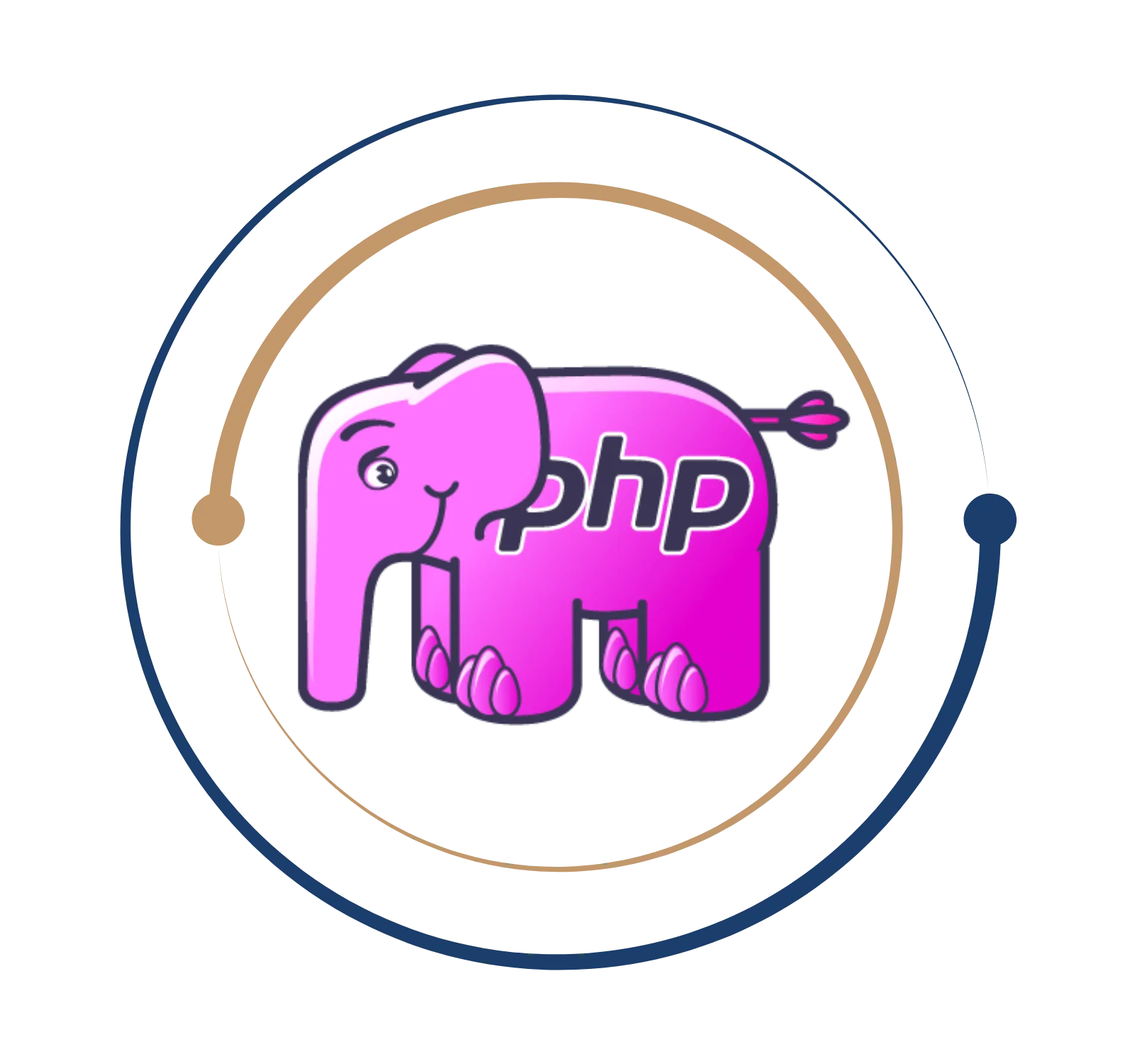Accelerate large-scale data processing with PySpark
PySpark Training
Are you interested in enhancing your PySpark skills? BITA provides Best PySpark Training in chennai from industry experts. You’ll discover how to create Spark applications for your Big Data utilizing a stable Hadoop distribution and Python. To manage big-scale data sets, you will learn about Big Data Platforms like Spark and Hadoop. When you create Spark Apps with Python, you will get knowledge of large-scale data processing during Training. You will examine RDD API, a key Spark functionality. Spark SQL and DataFrames will be used to help you advance your skills.
Apache Spark is an open-source, distributed computing platform and collection of tools for real-time, massive data processing, and PySpark is its Python API. PySpark is a Python-based API that combines Python with the Spark framework. However, everyone knows Python is a programming language while Spark is the big data engine. As a vast data processing engine, Spark is at least 10 to 100 times quicker than Hadoop.
PySpark Training
Are you interested in enhancing your PySpark skills? BITA provides Best PySpark Training in chennai from industry experts. You’ll discover how to create Spark applications for your Big Data utilizing a stable Hadoop distribution and Python. To manage big-scale data sets, you will learn about Big Data Platforms like Spark and Hadoop. When you create Spark Apps with Python, you will get knowledge of large-scale data processing during Training. You will examine RDD API, a key Spark functionality. Spark SQL and DataFrames will be used to help you advance your skills.
What is PySpark?
Apache Spark is an open-source, distributed computing platform and collection of tools for real-time, massive data processing, and PySpark is its Python API. PySpark is a Python-based API that combines Python with the Spark framework. However, everyone knows Python is a programming language while Spark is the big data engine. As a vast data processing engine, Spark is at least 10 to 100 times quicker than Hadoop.
Roles and Responsibilities of PySpark Developer
- The capacity to define problems, gather information, establish facts, and reach reliable judgments using computer code.
- Spark can be used to clean, process, and analyze raw data from many mediation sources to produce relevant data.
- Create jobs in Scala and Spark for data gathering and transformation.
- Create unit tests for the helper methods and changes in Spark.
- Write all code documentation in the Scaladoc style.
- Create pipelines for data processing
- Use of code restructuring to make joins happen quickly
- Advice on the technical architecture of the Spark platform.
- Put partitioning plans into practice to support specific use cases.
- Organize intensive working sessions for the quick fix of Spark platform problems.
Apache Spark is an open-source, distributed computing platform and collection of tools for real-time, massive data processing, and PySpark is its Python API. PySpark is a Python-based API that combines Python with the Spark framework. However, everyone knows Python is a programming language while Spark is the big data engine. As a vast data processing engine, Spark is at least 10 to 100 times quicker than Hadoop.
- The capacity to define problems, gather information, establish facts, and reach reliable judgments using computer code.
- Spark can be used to clean, process, and analyze raw data from many mediation sources to produce relevant data.
- Create jobs in Scala and Spark for data gathering and transformation.
- Create unit tests for the helper methods and changes in Spark.
- Write all code documentation in the Scaladoc style.
- Create pipelines for data processing
- Use of code restructuring to make joins happen quickly
- Advice on the technical architecture of the Spark platform.
- Put partitioning plans into practice to support specific use cases.
- Organize intensive working sessions for the quick fix of Spark platform problems.
Get Instant Help Here
In the big data community, Apache Spark enjoys enormous popularity. Companies prefer to hire people with an Apache Spark Certification even if they have a practical working knowledge of Apache Spark and its related technologies. The good news is that you may obtain a lot of Apache Spark Certifications to qualify for employment linked to Apache Spark. Due to the variety of certification options, getting the necessary Spark certification preparation is simple.
Obtaining certification provides you with a clear advantage over your competitors. Choose the HDP Apache Spark certification if you are primarily interested in obtaining Apache Spark certification because it focuses on evaluating your fundamental understanding of Spark through coding-related questions. For individuals who are also familiar with Hadoop, there is an equal opportunity. Given that it assesses your familiarity with both Spark and Hadoop, the Cloudera Spark and Hadoop Developer certification can be a fantastic option. The Pyspark Training provided by BITA will ensure your success in your tests.
PySpark Certification
- HDP Certified Apache Spark Developer
- Databricks Certification for Apache Spark
- O’Reilly Developer Certification for Apache Spark
- Cloudera Spark and Hadoop Developer
- MapR Certified Spark Developer

Spark developers are in such high demand that businesses are prepared to treat them like royalty. Along with a high income, some companies also give their employees the option of flexible hours. Because it offers developers a lot of flexibility to work in their chosen language, Spark is being embraced by businesses worldwide as their extensive main data processing framework. Several well-known companies, including Amazon, Yahoo, Alibaba, and eBay, have invested in Spark’s expertise. Opportunities exist today both abroad and in India, which has increased the number of jobs available to qualified candidates. The average pay for a Spark developer in India is above Rs 7,20,000 annually, according to PayScale. Signup for PySpark Training.
Job you can land with PySpark
What you will learn?
- What is Big Data?
- Big Data Customer Scenarios
- Limitations and Solutions of Existing Data Analytics Architecture
- How Hadoop Solves the Big Data Problem?
- What is Hadoop?
- Key Characteristics of Hadoop
- Hadoop Ecosystem and HDFS
- Hadoop Core Components
- Rack Awareness and Block Replication
- YARN and its advantage
- Hadoop Cluster and its architecture
- Hadoop: Different Cluster modes
- Big Data Analytics with Batch and Real Time Processing
- History of Spark
- Why do we need Spark?
- How Spark differs from its competitors
- CDH + Stack Overflow
- Prerequisites and known issues
- Upgrading Cloudera Manager and CDH
- How to install Spark?
- Stack Overflow and Stack Exchange Dumps
- Preparing your Big Data
- History of Python
- The Python Shell
- Syntax, Variables, Types and Operators
- Compound Variables: List, Tuples and Dictionaries
- Code Blocks, Functions, Loops, Generators and Flow Control
- Map, Filter, Group and Reduce
- Enter PySpark: Spark in the Shell
- Functions
- Function Parameters
- Global Variables
- Variable Scope and Returning Values
- Lambda functions
- Object Oriented Concepts
- Standard Libraries
- Modules used in Python
- The Import Statements
- Module Search Path
- Package Installation
- Introduction
- Spark, Word Count, Operations and Transformations
- Fine Grained Transformations and Scalability
- How Word Count works?
- Parallelism by Partitioning Data
- Spark Performance
- Narrow and Wide Transformations
- Lazy Execution, Lineage, Directed Acyclic Graph (DAG) and Fault Tolerance
- The Spark Libraries and Spark Packages
- Spark Architecture
- Storage in Spark and supported Data formats
- Low Level and High Level Spark API
- Performance Optimization: Tungsten and Catalyst
- Deep Dive on Spark Configuration
- Spark on Yarn: The Cluster Manager
- Spark with Cloudera Manager and YARN UI
- Visualizing your Spark App: Web UI and History Server
- Deep Dive on Spark Core
- Spark Context: Entry Point to Spark App
- RDD and Pair RDD – Resilient Distributed Datasets
- Creating RDD with Parallelize
- Partition, Repartition, Saving as Text and HUE
- How to create RDD’s from External Data Sets?
- How to create RDD’s with transformations?
- Lambda functions in Spark
- A quick look at Map, FlatMap, Filter and Sort
- Why do we need Actions?
- Partition Operations: MapPartitions and PartitionBy
- Sampling your Data
- Set Operations
- Combining, Aggregating, Reducing and Grouping on PairRDD’s
- Comparison of ReduceByKey and GroupByKey
- How to group Data in to buckets with Histogram?
- Caching and Data Persistence
- Accumulators and Broadcast Variables
- Developing self-contained SpyPark App, Package and Files
- Disadvantages of RDD
- How to Create Data Frames?
- DataFrames to RDD’s
- Loading Data Frames: Text and CSV
- Schemas
- Parquet and JSON Data Loading
- Rows, Columns, Expressions and Operators
- Working with Columns
- User Defined Functions on Spark SQL
- Querying, Sorting and Filtering DataFrames
- How to handle missing or corrupt Data?
- Saving DataFrames
- How to query using temporary views?
- Loading Files and Views into DataFrames using SparkSQL
- Hive Support and External Databases
- Aggregating, Grouping and Joining
- The Catalog API
- A quick look at Data
- Why Streaming is necessary?
- What is Spark Streaming?
- Spark Streaming features and workflow
- Streaming Context and DStreams
- Transformation on DStreams
Weekdays
Mon-Fri
Online/Offline
1 hour
Hands-on Training
Suitable for Fresh Jobseekers
/ Non IT to IT transition
Weekends
Sat – Sun
Online/Offline
1.30 – 2 hours
Hands-on Training
Suitable for IT Professionals
Batch details
Week days
Mon-Fri
Online/Offline
1 hour
Hands-on Training
/ Non IT to IT transition
Sat – Sun
Online/Offline
1:30 – 2 hours
Hands-on Training
Why should you select us?






Why should you select Us?







